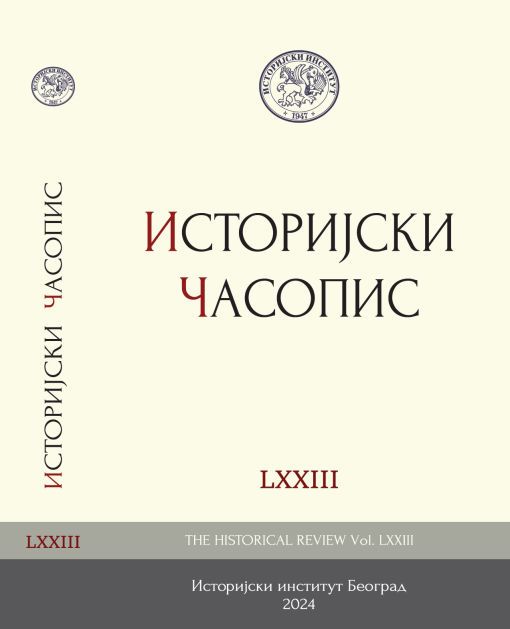ИЗМЕЂУ ФЕСА И ШЕШИРА: ЈУГОСЛОВЕНСКИ МУСЛИМАНИ И АТАТУРКОВЕ РЕФОРМЕ
BETWEEN THE FEZ AND THE HAT: YUGOSLAV MUSLIMS AND ATATÜRK’S REFORMS
Author(s): Jovana Šaljić RatkovićSubject(s): Cultural history, Interwar Period (1920 - 1939), The Ottoman Empire
Published by: Istorijski institut, Beograd
Keywords: Muslims; Kingdom of Serbs; Croats and Slovenes, Turkey; Mustafa Kemal Atatürk; reforms
Summary/Abstract: The paper shows how Yugoslav Muslims and representatives of the Yugoslav authorities faced the reforms implemented in various social fields in the years after the First World War, under the leadership of the strong personality of Mustafa Kemal Pasha. The abolition of the Sultanate, Sharia and religious schools, the ban on wearing the traditional Muslim clothing such as the fez and ferace, the replacement of the Arabic script with Latin, and particularly the abolition of the caliphate, an institution headed by Ottoman sultans over the earlier four centuries, caused astonishment and disbelief among different Muslim peoples in the world. The Muslims of the South Slavic area, who from 1918 lived within the new state union – the Kingdom of Serbs, Croats and Slovenes, later the Kingdom of Yugoslavia – were no exception. Divided over visions of their own future and the status in the new Yugoslav state, they continued to be divided on the issue of reforms in Turkish society into proponents of modernisation, primarily in the fields of law, education, and the social position of women, and opponents of Kemalist reforms who considered them dangerous for the Islamic faith and tradition. The paper is based primarily on the reports of Yugoslav diplomats in Constantinople about events in Turkey, as well as reports from the field when it came to the Yugoslav Muslim public.
Journal: Историјски часопис
- Issue Year: 2024
- Issue No: 73
- Page Range: 317-340
- Page Count: 24
- Language: Serbian

